8. Samsara (2011, United States)
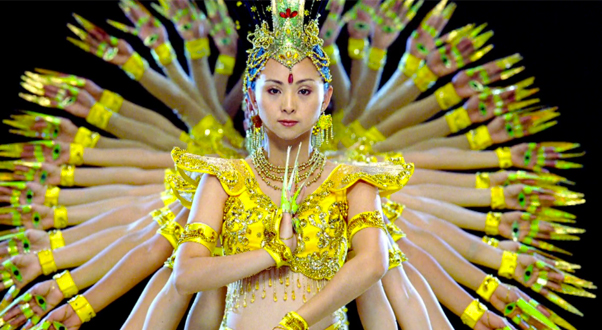
Samsara, which means “the ever turning wheel of life” in Tibetan, consists of pictures shot on 70-millimeter film in 25 different countries over the span of nearly five years. The documentary takes the viewer on a journey of nature, culture and life.
The film doesn’t seem to have a narrative as such, but the viewer quickly gets into a certain zone by watching one amazing picture after another, and one’s own interpretation of narrative and commentary is created. There’s an indescribable beauty in the nature, and a certain horror in the industrialization of big cities, the meat industry and machinery that is portrayed, but it’s never forced on you. It’s simply the pictures, editing, music and your own guilt that combine to make you feel that way.
It feels like you get to see almost everything in the world: dancing Filipino prisoners, robots, modern agriculture, Japanese strippers, futuristic skyscrapers, volcanic eruptions in slow motion, African tribes, giant Chinese factories, monks, performance art, and extraordinary time-lapse-sequences.
It doesn’t necessarily sound extremely rousing with what are mostly still pictures for 99 minutes, but it truly is. It’s a bombardment of visual beauty and sublime revulsion.
7. Under The Skin (2013, United Kingdom/United States/Switzerland)
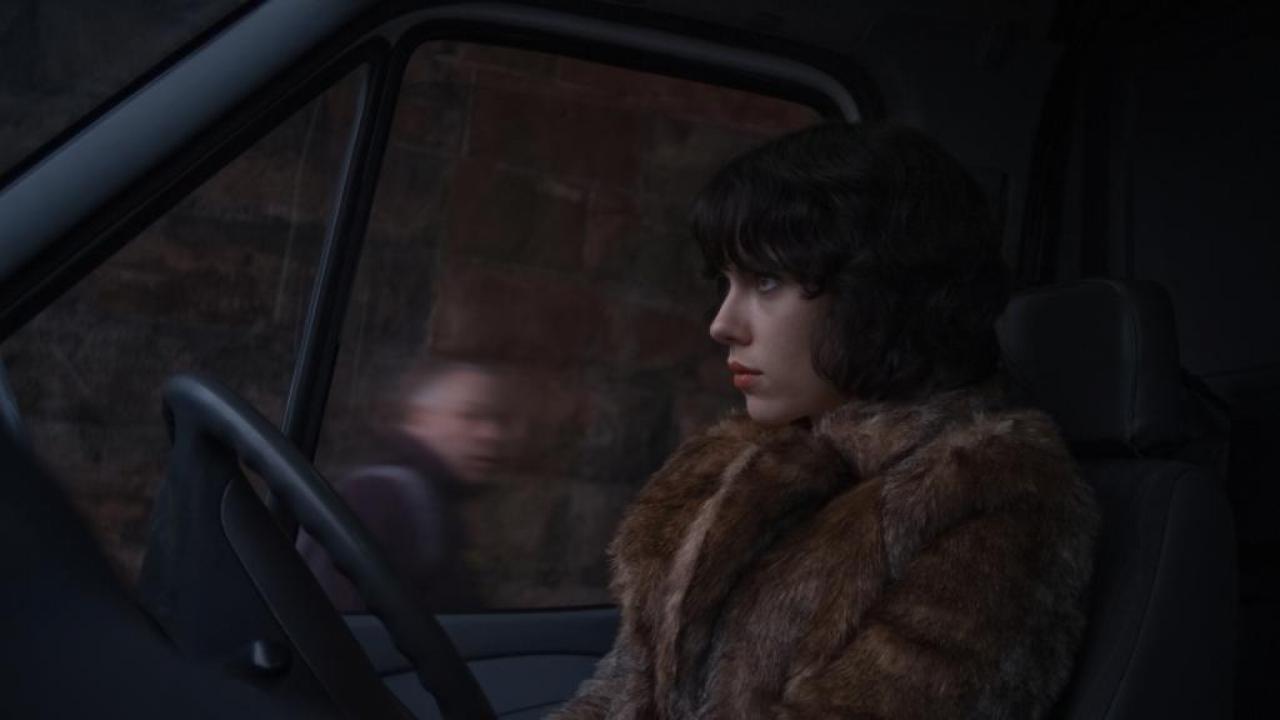
Scarlett Johansson is an alien-like being who tries to lure different lonely Scottish men to come home with her by picking them up in her van. As she encounters different men and other events, she slowly enters a process of emotional discovery.
This often very subdued film is rather difficult to place when it comes to its genre. It’s a sci-fi, drama, art house, horror, and it’s not quite unusual for the typical Scarlett Johansson role; it’s simply all around quite unusual. It’s a symphony of mystical and minimalistic impressions, from the dark cinematography, to the giant empty rooms, to the ethereal soundscape and minimal use of dialogue.
Many of the scenes in which Johansson drives around in her van picking up men were done in reality with hidden cameras and unsuspecting men. The men were, of course, given release forms to sign afterwards, but in the best way possible, it still underlines the strange and experimental feel which the film generally carries.
It’s a sort of film that can be interpreted in numerous ways but may never be completely understood. It deals with themes of de-eroticizing, emotions and what’s beneath the surface of a person: under the skin.
6. Bridgend (2015, Denmark/Britain)
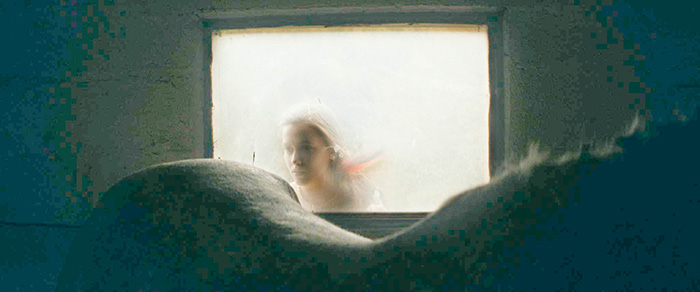
Sara (wonderfully portrayed by Hannah Murray) and her father Dave move to a small village in Britain, due to the father’s job as a policeman. There’s something odd about the small village, though; there’s an extreme amount of suicides committed amongst the younger generation of the people living there. As Dave is focused on trying to understand these killings, Sara falls in love with one of the teenagers, Jamie, and somehow gets involved in the haunted mentality of the youth.
Jeppe Rønde, who directed the film, spent many years researching the subject of the film by living in the village that the story mainly revolves around, and which is in real life haunted by an abnormal number of suicides.
Although the media has generally been shut out of the village, because the villagers realize the danger of the media furthering the desire of teenagers to join the suicide epidemic, Rønde somehow slowly came closer to their stories, gaining the trust of some of the young through the years of living there.
Although the film is based on stories Rønde was told and experienced while living there, the film is fictive in large parts. Nonetheless, the story is gripping, and the use of stunning visuals of the nature surrounding the village plays an important role in making the film sensuous and mysterious.
The film leads different stories; the thriller feel of the cult-like suicides, the love story of Sara and Jamie, and the moody aesthetic that makes it feel like an art film.
5. Embrace of The Serpent (2015, Colombia/Venezuela/Argentina)
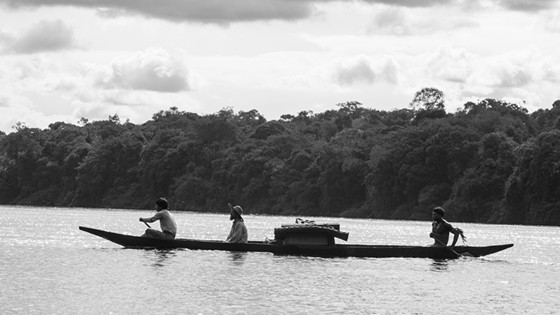
The story follows Karamakate, an Amazonian shaman and last survivor of his people, at two different stages of his life: when he is young and meets a white scientist, and when he is older and meets a white scientist. Both are looking for a sacred flower called Yakruna.
The story of the white man going into the jungle to understand its people, and teach them as well, has been seen before – just ask Werner Herzog. And Ciro Guerra’s “Embrace of the Serpent” is also that, but not limited to it. In the end, the white man doesn’t leave the jungle, and there’s no moral certainty.
It’s filmed in the Amazon, it’s mostly shot in a muted black and white, most of the actors are actual locals, and close-ups of alert jaguars and snakes, as well as long pans over the nature of the jungle, are all very breathtaking. But it also carries a certain ambiguity and in way, a resemblance to “Apocalypse Now”, and by virtue of this complexity, the film is quite an achievement.
It’s significant and important how the film doesn’t put an emphasis on the white explorers, who otherwise drive the plot with their goal of finding the Yakruna, but instead focuses on the indigenous Karamakate, who himself is a man with many inner conflicts.
4. The Lobster (2015, Greece/Ireland/United Kingdom/France/Netherlands)
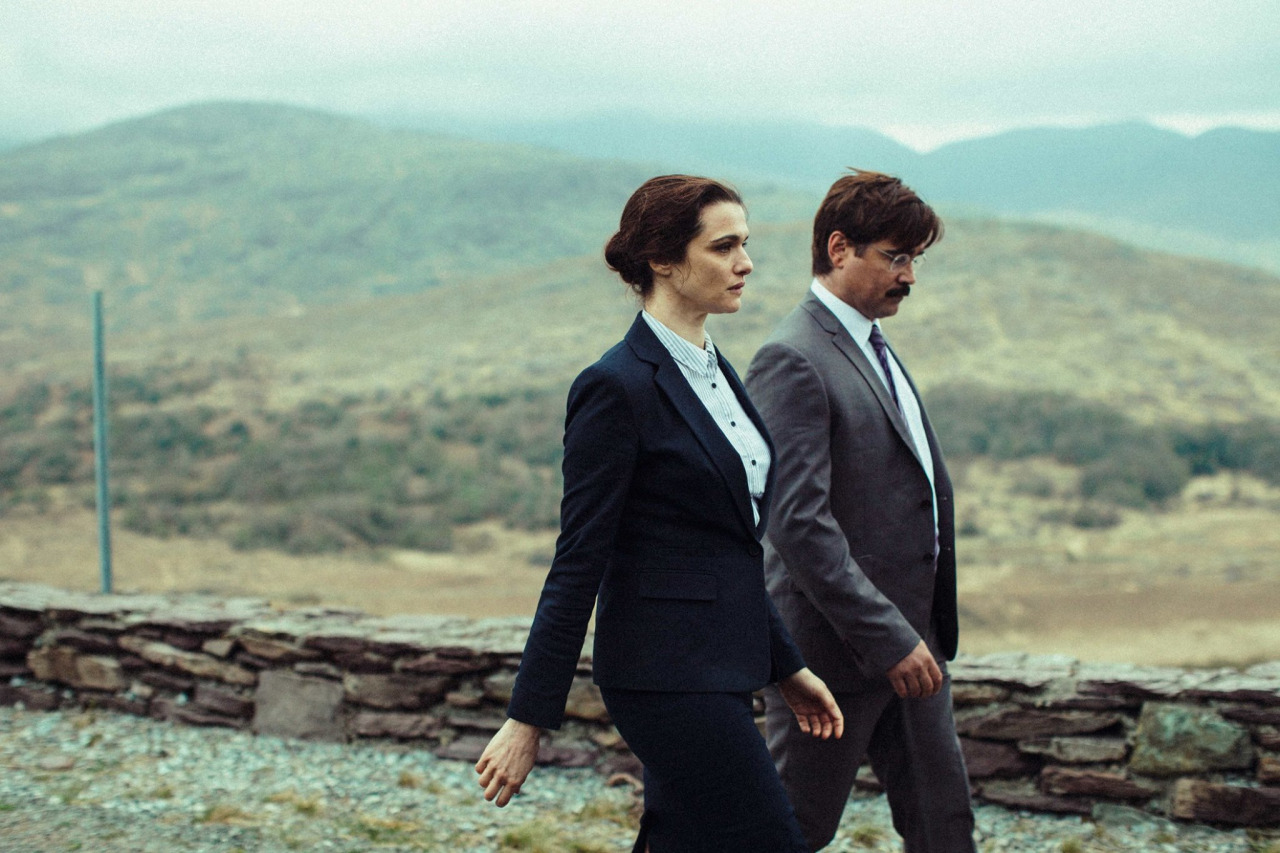
The latest film directed by Yorgos Lanthimos, who also directed the very original “Dogtooth” (2009), revolves around a man named David, living in a dystopian not-so-distant future. In this future, and this includes David, single people are sent to a sort of “rehabilitation center”, where they’re obliged to find a romantic partner within the limit of 45 days. If they fail to do so, they’ll be transformed into an animal of their own choosing.
The story takes a spin on the typical rom-com, and gives the audience a surreal kind of liberation by showing the hardships and societal pressure in our ongoing quest to find ‘the one’, and by alternatively showing how being single, or an animal for that matter, might not always be that cruel of a thing.
The story in itself is quite original, and the film successfully manages to further expand on the surreal universe that has been created in the script, and once again it’s rather difficult to place it. Is it sci-fi, is it philosophical, is it a drama, is it a date-movie, is it a black comedy…? But of course, it’s a little bit of everything.
The general feel of the film is that of a Kafkaesque bleak surrealness that still manages to embrace an endearing and heartfelt sense of humor, and the combination makes it a highly original film.
3. Boyhood (2014, United States)
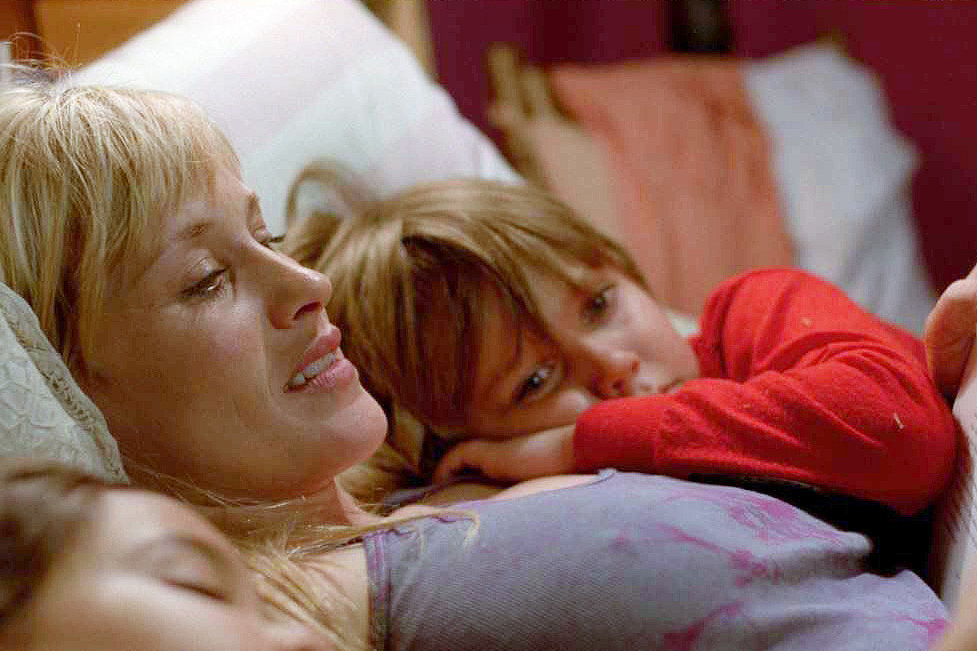
The audience gets to follow Mason (played by Ellar Coltrane) and his family, as he goes from being a child to heading off to college. It’s 12 years of friendships, divorces, alcoholism, young love, older love, career goals, American politics, dreams and life.
This is clearly a Richard Linklater film with its precise but clever dialogue, the theme of relations between people growing as well as breaking, and the hopes and dreams of youth. However, what makes this film so original is the fact that it was shot over the course of 12 years.
Although there was a script, and although Coltrane and the other actors and actresses did play fictitious characters, there’s somehow a certain reality to it all. It’s very obvious when watching the film – as Linklater has also mentioned himself – that the film was highly influenced by the things that happened to the cast in real life. Whether it was looks, clothes, attitudes, experiences or humor that changed, the film followed suit.
It’s quite an achievement seeing how the film is able to combine the kind of personal attachment to its characters that is normally associated with a home video, with the professional look and feel we know from so many great films today.
2. A Girl Walks Home Alone at Night (2014, United States/Iran)
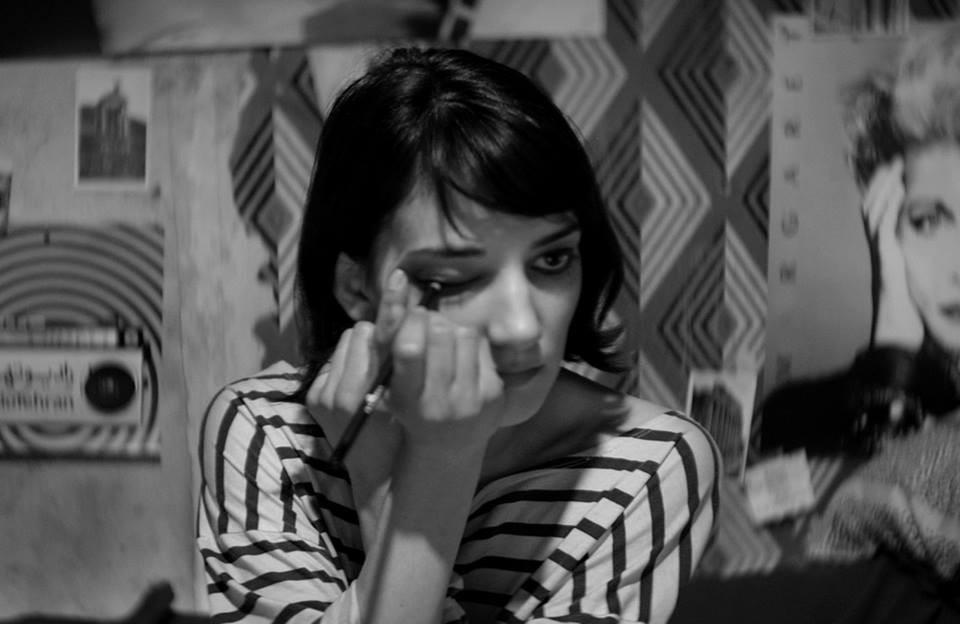
The film, written and directed by Ana Lily Amirpour, is set in an Iranian ghost town named ‘Bad City’, and follows the young Arash, who just tries to make sense of his life. Meanwhile, the city is haunted by a nameless girl who’s a vampire, and who cunningly goes around killing people she deems “bad”. When the two finally meet, love suddenly seems to be an option.
The film is a mixture of all kinds of things cinematically, including silent cinema scenes mixed with Persian dialogue, Iranian culture shot on location in the United States, and then, of course, a sensational and daring mix of genres.
The vampire character is definitely one to mention. Simply put, she’s stunning, loves records, wears Breton striped shirts, cruises around the deserted town on her skateboard, and she’s a vampire. She stays mysteriously silent most of the time, and the film has little dialogue overall, leaving room for the tremendous and inventive soundtrack that just adds to the creativity of the film.
Just to sum up the originality of the film: It’s an Iranian/American vampire western that is shot in black and white.
1. Victoria (2015, Germany)
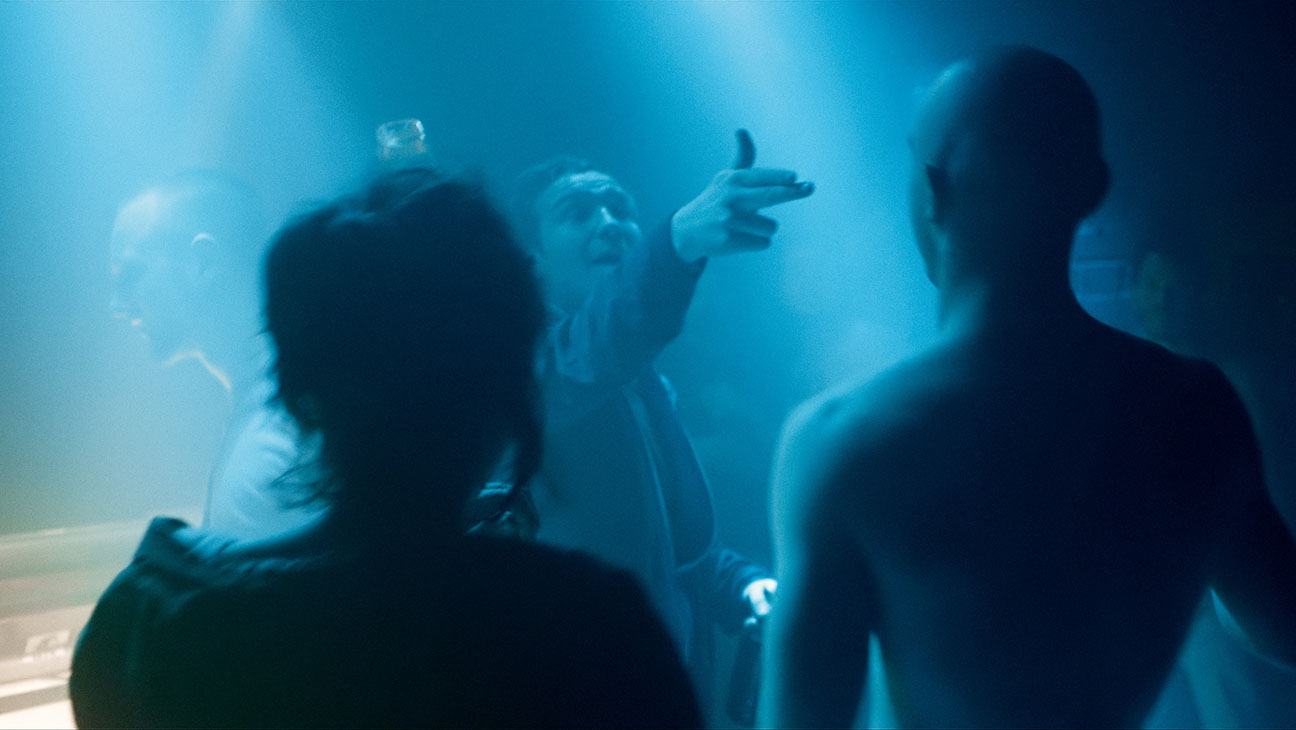
Victoria, a young Spanish woman, has moved to Berlin by herself. One evening, when at a club, she meets some German guys. Enjoying each other’s company and experiencing the night, one episode leads to another, and suddenly Victoria and her newfound friends find themselves the felons of a heist.
It isn’t necessarily the plot of this 2 hour and 18 minute German film that’s especially remarkable, but on the other hand, it is exactly everything else, especially seeing as it’s all shot in one take. One take of nightclubbing, immersive acting (especially by Laia Costa), rooftop parties, car chases, running, climbing and everything else worthy of an intense crime drama.
The amount of coordination, practice, solution making and general energy that went into this project is incredible in itself, and actually making a film in one take that lasts for more than two hours and that succeeds brilliantly with its camera, dialogue, acting and audience engagement, can definitely be worth one’s time.
It all goes to show how much a competent and hardworking crew can mean to making an original and memorable film, and this is precisely why it’s extremely satisfying that the first person to be credited is none other than the cameraman, Sturla Brandth Grøvlen. It’s not to say that the effort and work of Sebastian Schipper (writer & director) isn’t extremely well done, it’s to say that it’s extremely, extremely well done. This sort of respect simply underlines the originality and brilliance of the film.
Honorable Mentions:
Shame (2011)
The Skin I Live in (2011)
Jeune & Jolie (2013)
Her (2013)
The Selfish Giant (2013)
Only Lovers Left Alive (2013)
Inherent Vice (2014)
Author Bio: Dicte Houmøller is a Danish film enthusiast who likes to think of herself as a future screenwriter. For now she tries to cruise around on her skateboard and look cool, while coming up with great scenes for her next script.